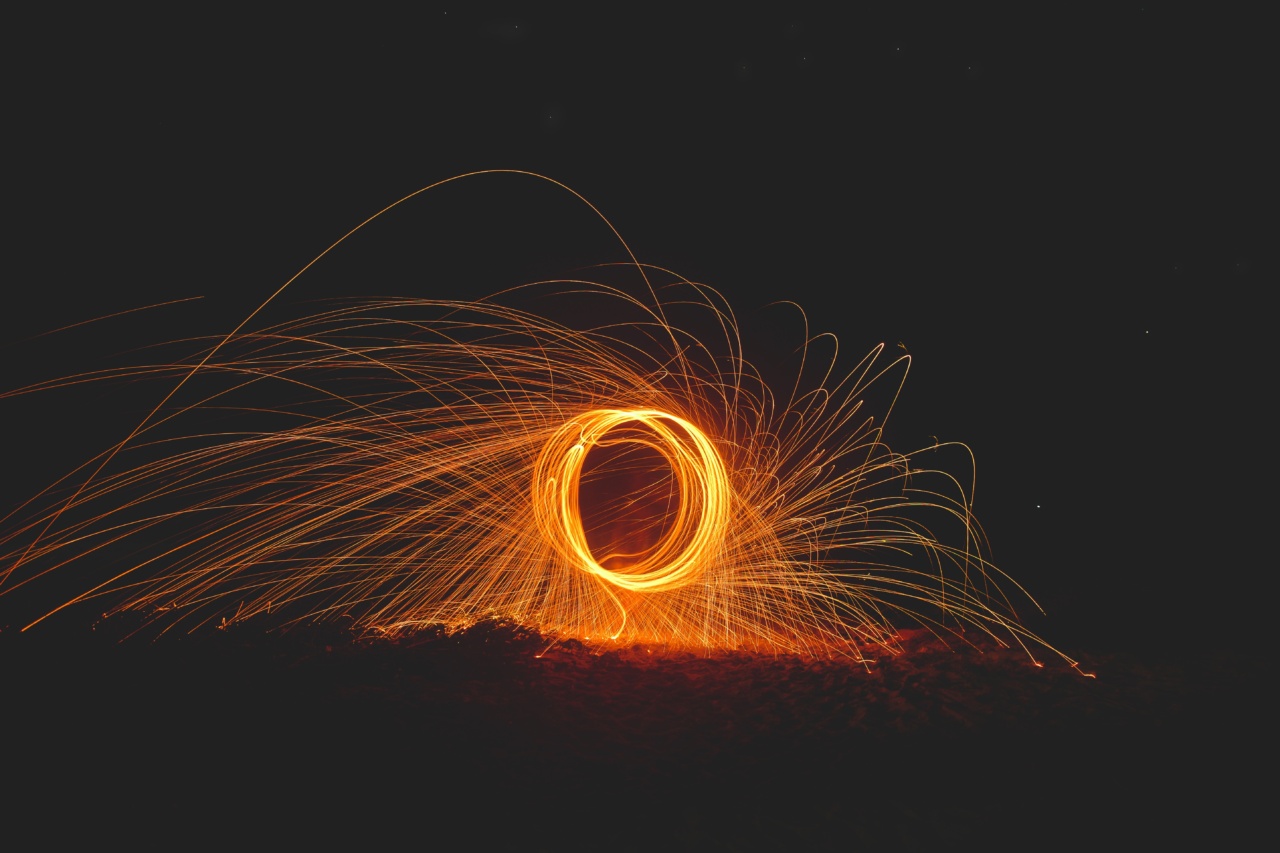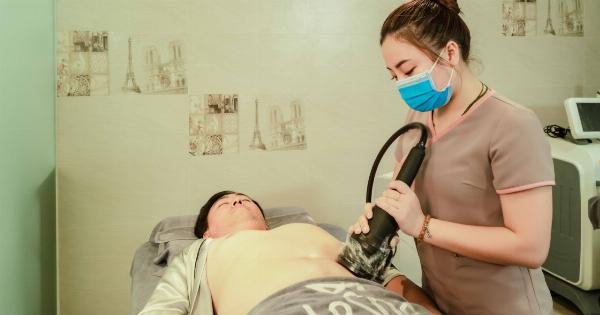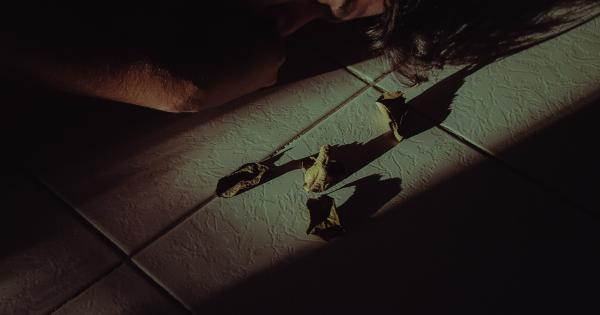Menopause is a natural stage in a woman’s life that marks the end of her reproductive years. While it is a normal part of aging, the symptoms associated with menopause can often be challenging to deal with.
One of the most common and well-known symptoms of menopause is hot flashes and night sweats. In this article, we will dive deeper into these symptoms and explore ways to manage and alleviate their impact on daily life.
What are Hot Flashes?
Hot flashes are the sudden feeling of warmth, intense heat, and sweating that is experienced during menopause. They can occur at any time of the day or night and typically last a few minutes.
Hot flashes can vary in intensity and frequency from woman to woman. Some women may experience mild, infrequent flashes, while others may have severe and frequent episodes that disrupt their daily routine and sleep patterns.
The Physiology of Hot Flashes
The exact cause of hot flashes is not yet fully understood. However, researchers believe that hormonal fluctuations, specifically a decrease in estrogen levels, play a significant role.
Estrogen is a hormone that regulates body temperature, among other functions. During menopause, estrogen levels decline, leading to an imbalance in the body’s temperature regulation system.
When a hot flash occurs, blood vessels near the surface of the skin dilate, causing a sudden rush of heat. This sudden dilation is followed by the body’s attempt to cool down, resulting in excessive sweating.
The body’s response to this sudden fluctuation in temperature can sometimes be overwhelming, leading to feelings of discomfort and anxiety.
Identifying Hot Flashes
Hot flashes are typically characterized by a range of symptoms. These include:.
- A sudden feeling of warmth spreading through the body, particularly in the face, neck, and chest
- Flushing and redness of the skin
- Rapid heartbeat or palpitations
- Excessive sweating, especially during sleep
- Chills or shivering after the flash subsides
- Anxiety or a sense of unease
If you experience any of these symptoms, particularly in the context of menopause, it is likely that you are having a hot flash.
Understanding Night Sweats
Night sweats are closely connected to hot flashes and are often referred to as nocturnal hot flashes. They occur during sleep and can be incredibly disruptive to a woman’s rest.
Night sweats can lead to soaked sheets and clothing, causing discomfort and disturbed sleep for both the woman experiencing them and her partner.
Similar to hot flashes, the precise cause of night sweats is still unclear. However, hormonal imbalances, particularly the decrease in estrogen levels, are believed to be the primary trigger.
It is important to note that night sweats can also be indicative of other underlying health conditions that are separate from menopause. It is always recommended to consult with a healthcare professional for an accurate diagnosis.
Managing Hot Flashes and Night Sweats
Although hot flashes and night sweats are unavoidable for most menopausal women, there are several strategies that can help manage and reduce their impact:.
1. Dress in layers:
Wearing layered clothing allows you to easily remove or add clothing as needed when a hot flash occurs. Opt for natural fibers, such as cotton, that allow your skin to breathe.
2. Keep your surroundings cool:
Ensure that your living and sleeping environments are cool and well-ventilated. Use fans and air conditioning to help regulate the temperature.
3. Practice stress-reducing techniques:
Stress can trigger and intensify hot flashes. Engaging in relaxation techniques such as deep breathing exercises, meditation, or yoga can help reduce stress levels and potentially alleviate hot flashes.
4. Avoid triggers:
Identify and avoid triggers that seem to provoke hot flashes. These triggers can include certain foods, beverages, and lifestyle choices such as smoking and consuming alcohol.
5. Stay hydrated:
Drinking plenty of water throughout the day can help regulate body temperature and potentially reduce the occurrence of hot flashes.
6. Maintain a healthy lifestyle:
Engage in regular exercise, maintain a balanced diet, and get enough sleep. These lifestyle factors play a crucial role in overall well-being and may help manage the symptoms of menopause.
7. Consider hormone therapy:
If hot flashes and night sweats significantly impact your quality of life, hormone therapy may be an option to discuss with your healthcare provider.
Hormone therapy involves the use of medications that replace the hormones your body is no longer producing during menopause.
Conclusion
Hot flashes and night sweats are common symptoms experienced during menopause. While they can be disruptive and uncomfortable, there are various strategies that can help manage and alleviate their impact on daily life.
By understanding the physiology of hot flashes and identifying triggers, women can take proactive steps towards reducing the frequency and intensity of these symptoms. If the symptoms persist or significantly affect daily life, it is recommended to seek the advice of a healthcare professional for further guidance.




























